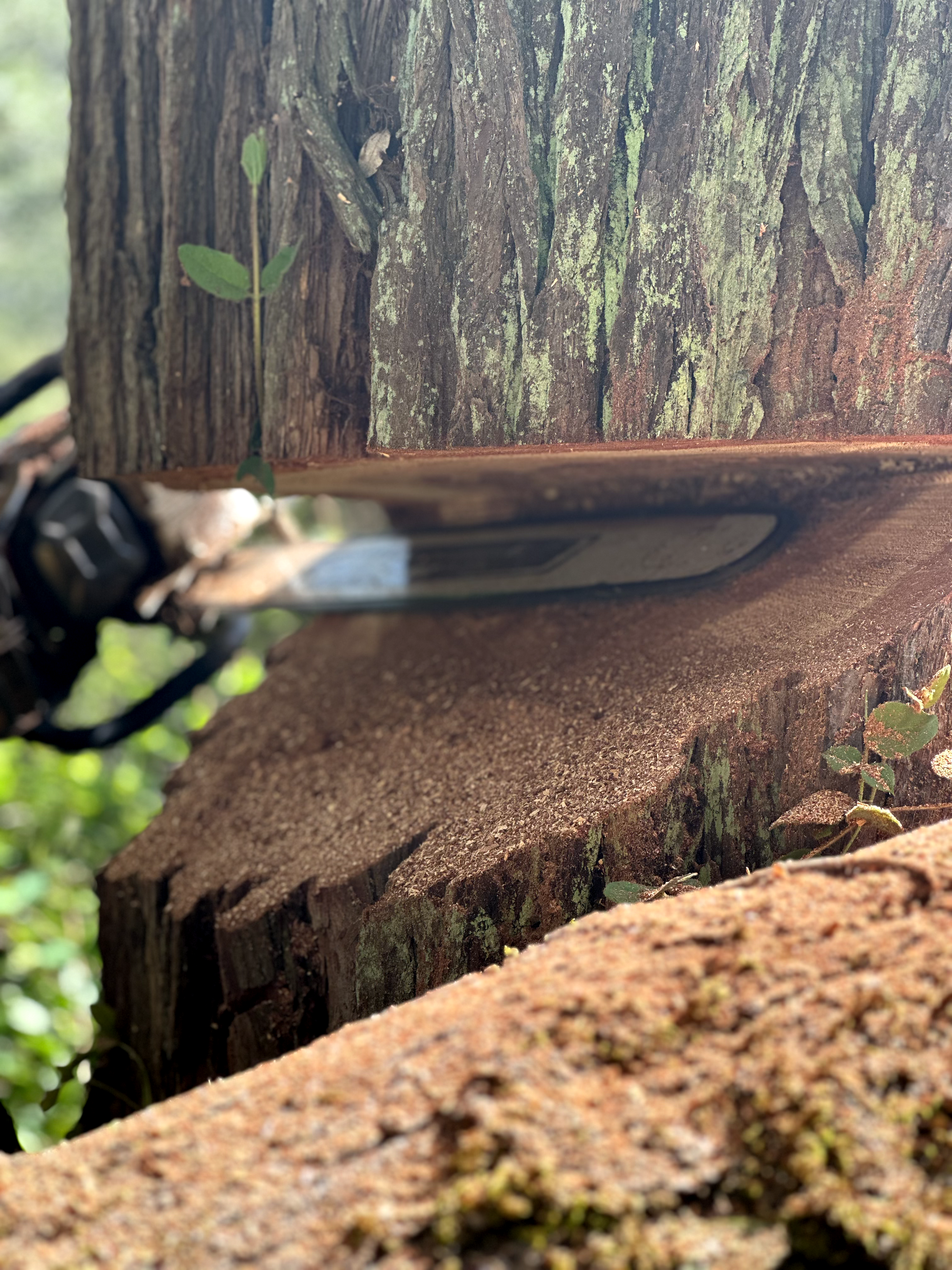
The Science Behind Tree Climbing: Techniques Used by Arborists Oct 31, 2025
Arborists use a variety of techniques and equipment to navigate the vertical world of trees. The primary goal is always to ensure the climber's safety while providing efficient services to the trees. One fundamental technique used by arborists is rope and harness climbing, which can be compared to rock climbing but with specific tools designed for trees. This method allows climbers to ascend and descend safely while maintaining stability as they work.
One crucial piece of equipment in tree climbing is the harness. A well-fitted harness not only provides comfort but ensures the climber remains securely attached to the rope system. The harness works in conjunction with carabiners and friction hitches, forming the backbone of any climbing operation. These tools allow arborists to adjust their position effortlessly, providing the flexibility needed to reach different parts of the tree canopy.
Another popular technique used by arborists is the use of climbing spikes, also known as spurs. However, these are generally preferred for tree removal tasks, as they can cause damage to the tree. For routine trimming and maintenance, arborists more often rely on techniques that minimize harm to the tree’s bark and structure. For instance, the Single Rope Technique (SRT) is highly favored for its efficiency and reduced impact on the tree. SRT allows the climber to use a secured stationary rope which supports rapid, efficient movement up the tree.
Safety is paramount in tree climbing, and with Tyco Forest Management, this is non-negotiable. Before any climbing activity, a thorough risk assessment is conducted to evaluate the health and condition of the tree. This precaution ensures the stability of the tree and the safety of the arborist. In addition to this assessment, wearing personal protective equipment such as helmets, gloves, and eye protection is mandatory to further mitigate the risks involved.
Climbers must also be familiar with emergency protocols. Communication is key in a tree climbing operation, as it ensures the team is ready to act promptly in case of an emergency. Radios or hand signals are often used when verbal communication is not possible. Regular training sessions and drills are vital in keeping the team ready for any situation.
Understanding the techniques and safety measures in tree climbing is not only enlightening but assures customers of the professional approach taken by Tyco Forest Management. This careful consideration of technique and equipment highlights the dedication to maintaining healthy trees without compromising safety. Whether it’s pruning, trimming, or full tree removal, the skills of an arborist are indispensable. By employing these refined techniques, our team not only maintains the natural beauty of trees but also contributes to environmental conservation and landscape aesthetics.
In conclusion, tree climbing is a complex, skill-intensive activity that requires expertise, precision, and a strong commitment to safety. The techniques used by arborists at Tyco Forest Management exemplify the blend of science and art in arboriculture, ensuring high-quality tree care and customer satisfaction. As you plan your next tree service, consider the significance of professional tree climbing and the essential work performed by expert arborists.
/filters:no_upscale()/filters:format(webp)/media/a533872a-ad0e-40aa-a36f-a6a597cbd997.jpeg)